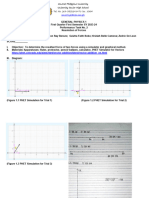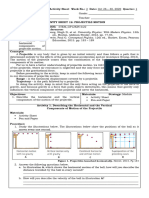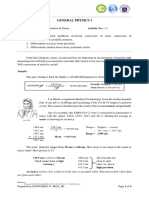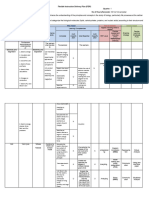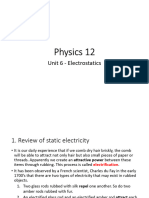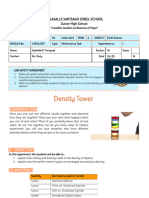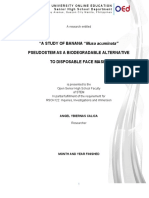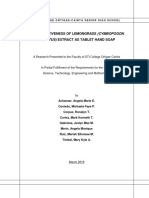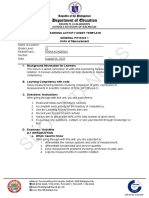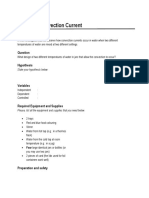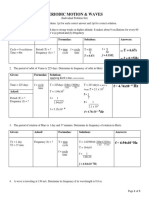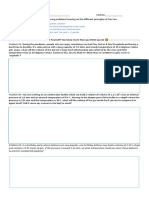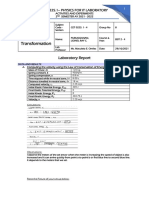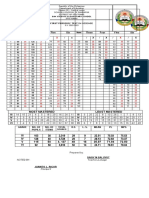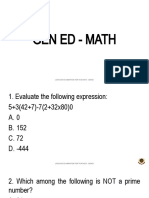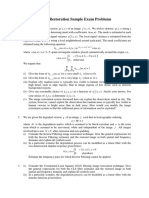0% found this document useful (0 votes)
348 views5 pagesVectors Addition Problem Set
This document provides instructions for a group activity on adding vectors graphically and analytically. Students will use an online simulation to add 2D vectors using the head-to-tail method and calculate the resultant vector's magnitude and direction analytically. Formulas for vector components, magnitude, and direction are provided. Students will then practice adding 2 or 3 vectors and calculating percentage error between analytical and graphical results.
Uploaded by
ZhaineCopyright
© © All Rights Reserved
We take content rights seriously. If you suspect this is your content, claim it here.
Available Formats
Download as PDF, TXT or read online on Scribd
0% found this document useful (0 votes)
348 views5 pagesVectors Addition Problem Set
This document provides instructions for a group activity on adding vectors graphically and analytically. Students will use an online simulation to add 2D vectors using the head-to-tail method and calculate the resultant vector's magnitude and direction analytically. Formulas for vector components, magnitude, and direction are provided. Students will then practice adding 2 or 3 vectors and calculating percentage error between analytical and graphical results.
Uploaded by
ZhaineCopyright
© © All Rights Reserved
We take content rights seriously. If you suspect this is your content, claim it here.
Available Formats
Download as PDF, TXT or read online on Scribd
/ 5
